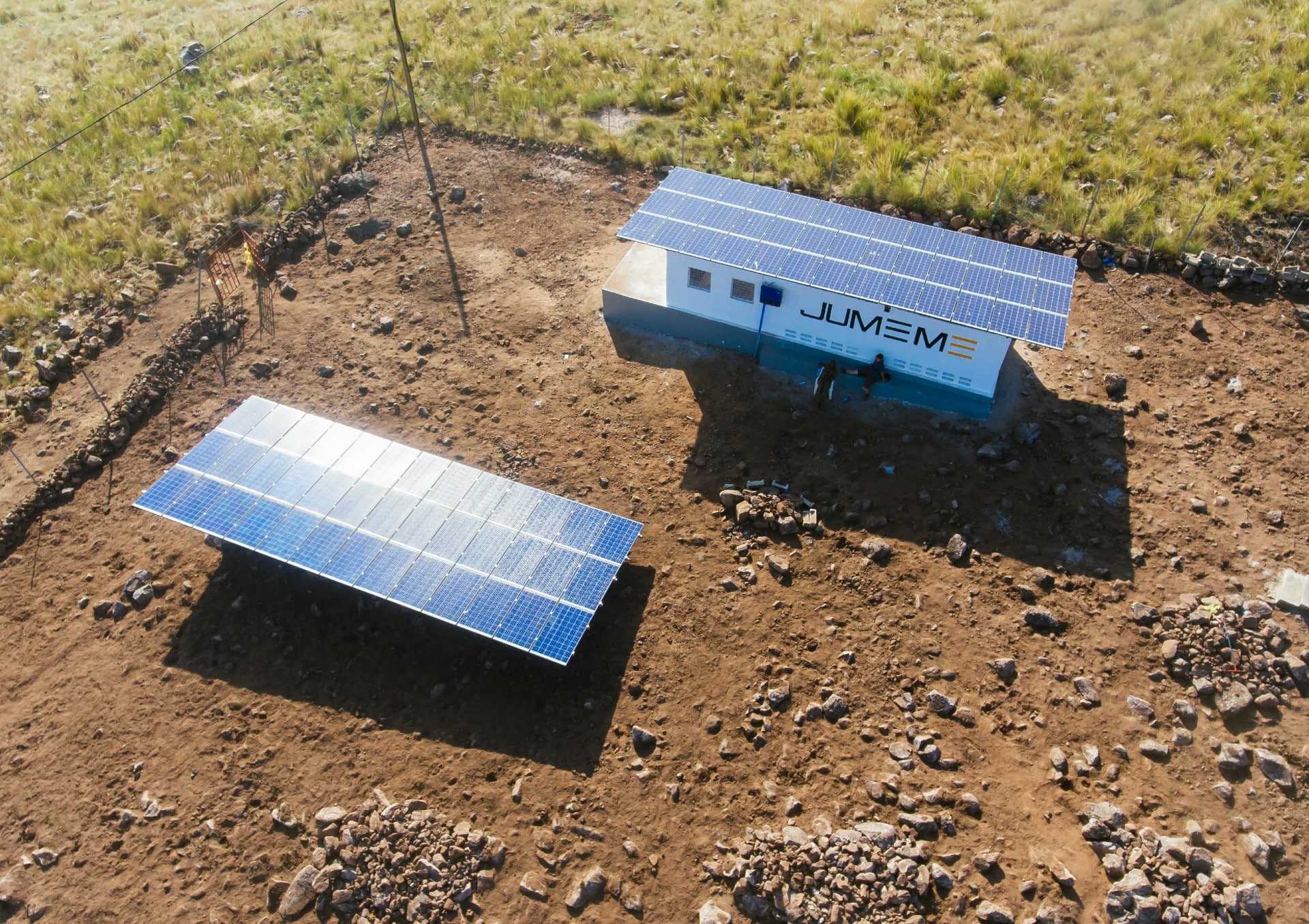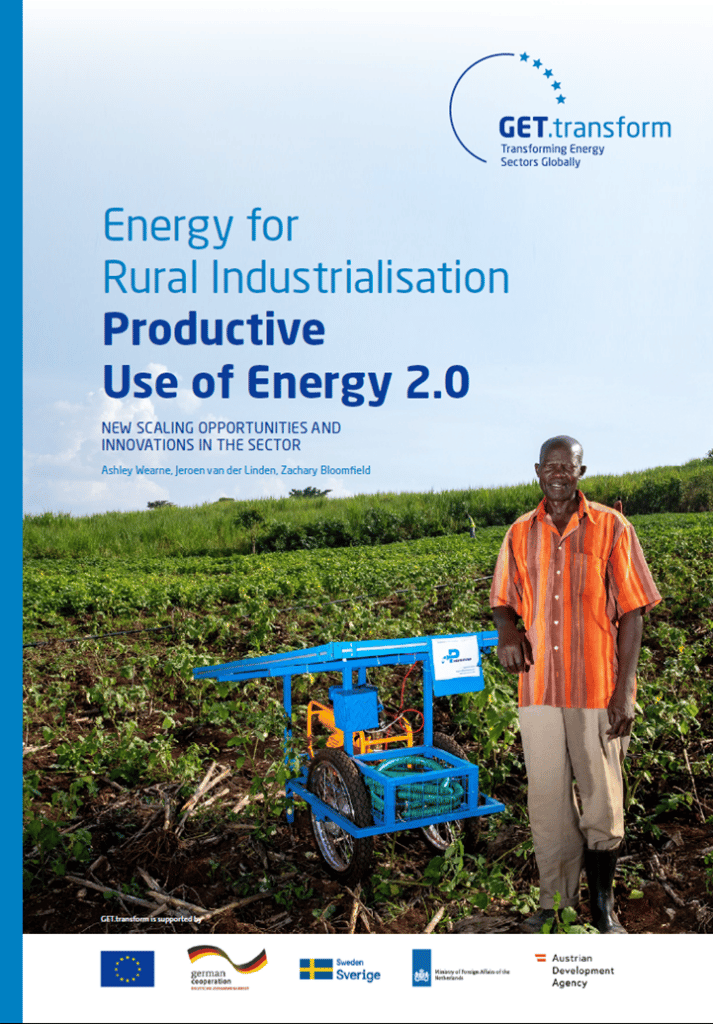A new approach to ‘Productive Use of Energy (PUE)’ is essential to drive a rise in rural industrial activity and achieve sustainable rural electrification. It has been well established in the rural electrification discourse that energy supply and energy use are two sides of the same coin: only when the energy is used productively can it lead to economic and social development. Yet so far, ‘user-side’ approaches have not harnessed scalable commercial opportunities.
The study “Productive Use 2.0 – New Scaling Opportunities and Innovations in the Sector” takes stock of the evolving PUE landscape and discusses how to unlock large-scale deployment. It aims to support governments, development banks, donors and project developers in understanding new opportunities and promising business models. Thanks to the emergence of new actors in the private sector, supplying hardware and appliances for sale and for use, PUE is evolving to a “2.0” era. A transition is underway from non-profit, donor-driven campaigns, to a new PUE landscape where private investment, management and gradually even commercial debt could start to play its role.
Taking lessons from agricultural value chain analysis, the authors, and a growing number of private PUE companies and investors hope to see a shift away from the single-appliance grant projects which donors have favoured, and a move towards financing instruments that can cater for a multitude of appliances. Here, users are gradually able to select hardware or services themselves, based on the demand for value-added produce from urban and international markets. Without a link to new markets for exports, farmers and other users simply cannot justify investing in new equipment powered even if it may add value to their products.
“To truly accelerate rural electrification and avoid costly failures, the PUE sector needs to fully understand the dynamics of the larger markets in the region and work backwards from there”, writes Ashley Wearne, Off-Grid Markets and Regulation Expert at GET.transform and lead author of the study.
While the private sector has already begun to work on new approaches and some donors and governments are developing models that embrace this shift in perspective, too much funding for PUE is still not reaching the commercial markets, or going ultimately unspent without achieving the desired sustainable impact due to a lack of private actors.
At the same time, the contribution from decentralised renewable energy solutions like mini-grids is more crucial than ever: with 733 million people lacking access to electricity today, the expansion of national electricity grids will not fully realise Sustainable Development Goal 7 of universal and sustainable energy access. ESMAP estimates that mini-grids are the most cost-effective electrification pathway for almost 490 million people over the next decade.
“Only by bringing public and private stakeholders together can we accelerate the required development of scalable approaches for renewable energy-enabled rural development”, adds Temitope Udo-Affia, Technical Advisor Off-Grid Regulation and Market Development at GET.transform.
The study was peer-reviewed by several actors from the sector, amongst them GET.invest who contributed to the paper with expert insights and market information. GET.transform publishes the study as part of a wider series on Energy for Rural Industrialisation, which seeks to inspire a dialogue on PUE, at events, digitally at the off-grid news platform Sun-Connect News and on social media. Practitioners are invited to contribute their views through guest articles or by using the hashtag #E4RI on LinkedIn and Twitter. Actively discussing opportunities will help the sector to capitalise on emerging trends.



